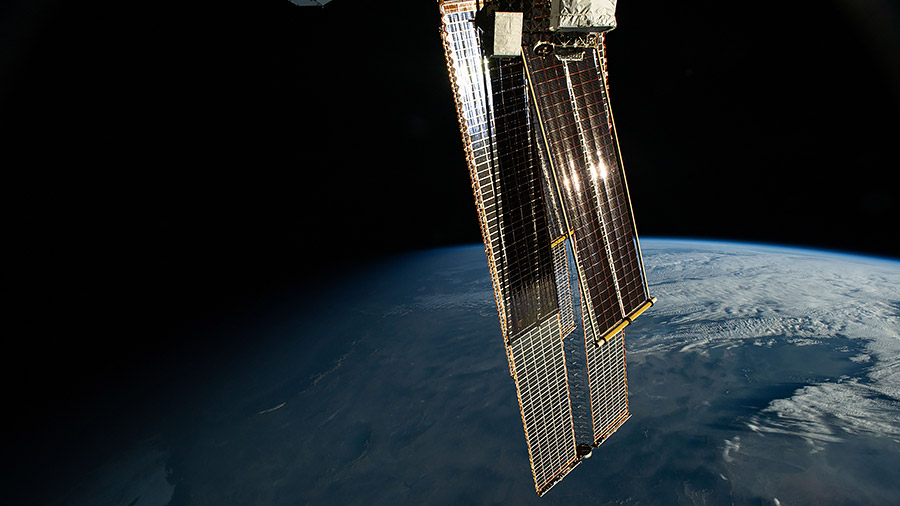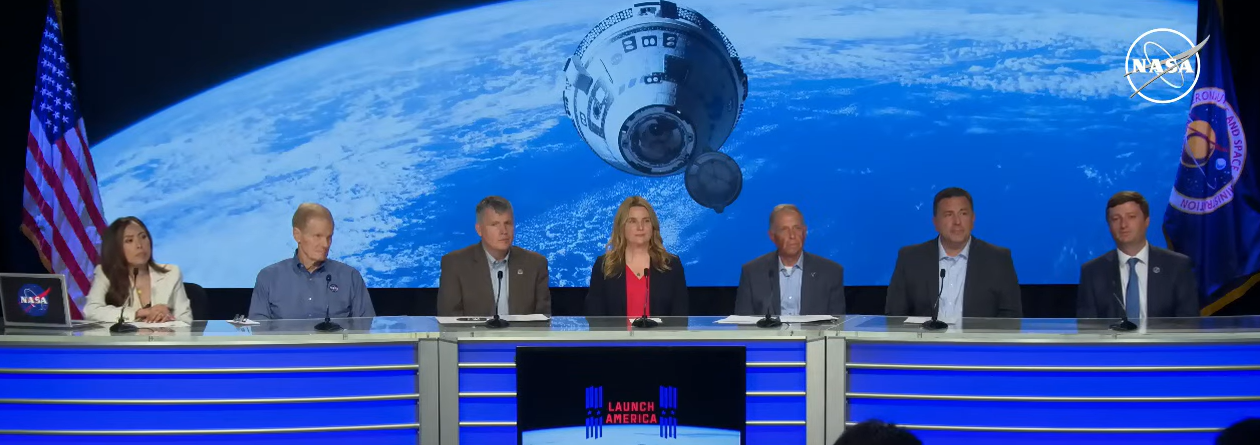
In 2022 and 2023, NASA awarded Collins Aerospace two task orders under the agency’s xEVAS (Exploration Extravehicular Activity Services) contract. The first task order was to deliver a next generation spacesuit and spacewalking system for potential use on the International Space Station with a base value of $97.2 million. The second task order was to advance additional spacesuit capabilities with a base value of $5 million.
After a thorough evaluation, NASA and Collins Aerospace have mutually agreed to descope the existing task orders on the Collins Exploration Extravehicular Activity Services contract. This descope includes ending the International Space Station suit demonstration, which was targeted for 2026. No further work will be performed on the task orders. This action was agreed upon after Collins recognized its development timeline would not support the space station’s schedule and NASA’s mission objectives.
This change to the xEVAS contract has no impact on NASA’s spacewalking capabilities on the space station. Collins will continue to support NASA’s EMU (Extravehicular Activity Mobility Unit) spacesuit and is committed to supporting space station’s ongoing spacewalking capabilities through the existing Extravehicular Space Operations Contract.
Learn more about station activities by following the space station blog, @space_station and @ISS_Research on X, as well as the ISS Facebook and ISS Instagram accounts.
Get weekly video highlights at: https://roundupreads.jsc.nasa.gov/videoupdate/
Get the latest from NASA delivered every week. Subscribe here: www.nasa.gov/subscribe







